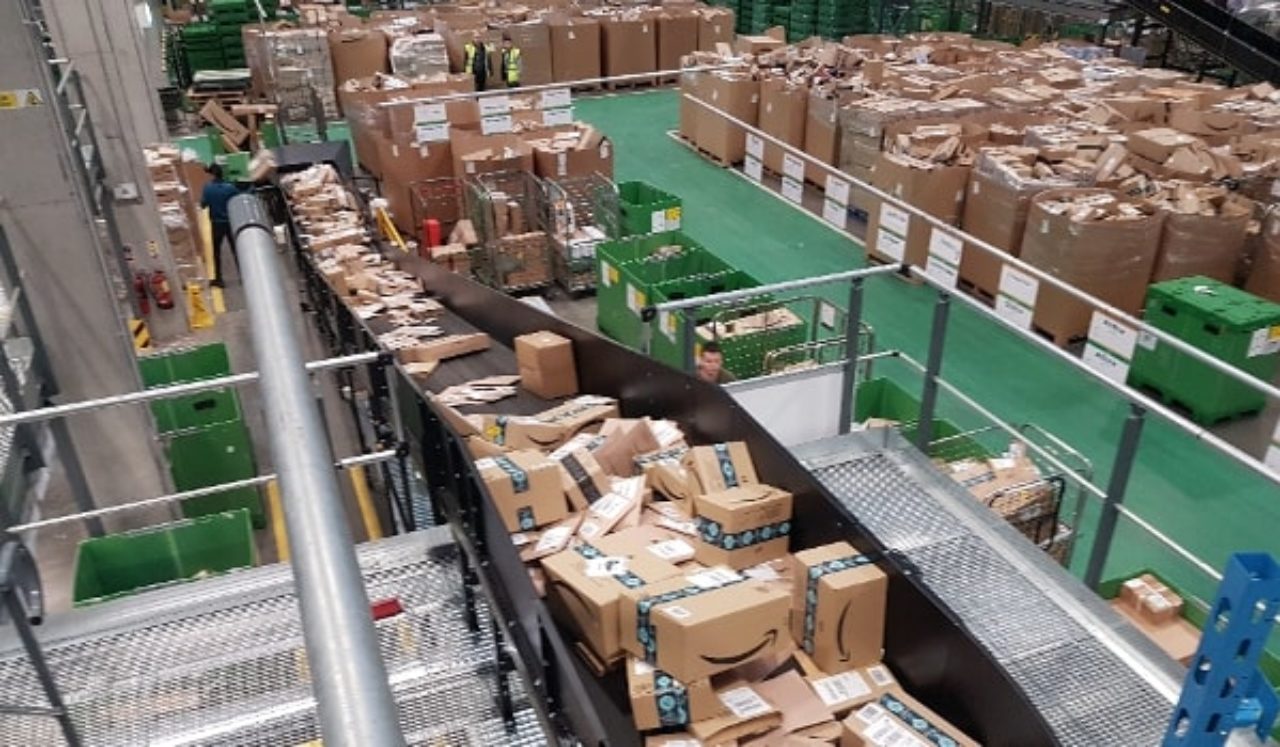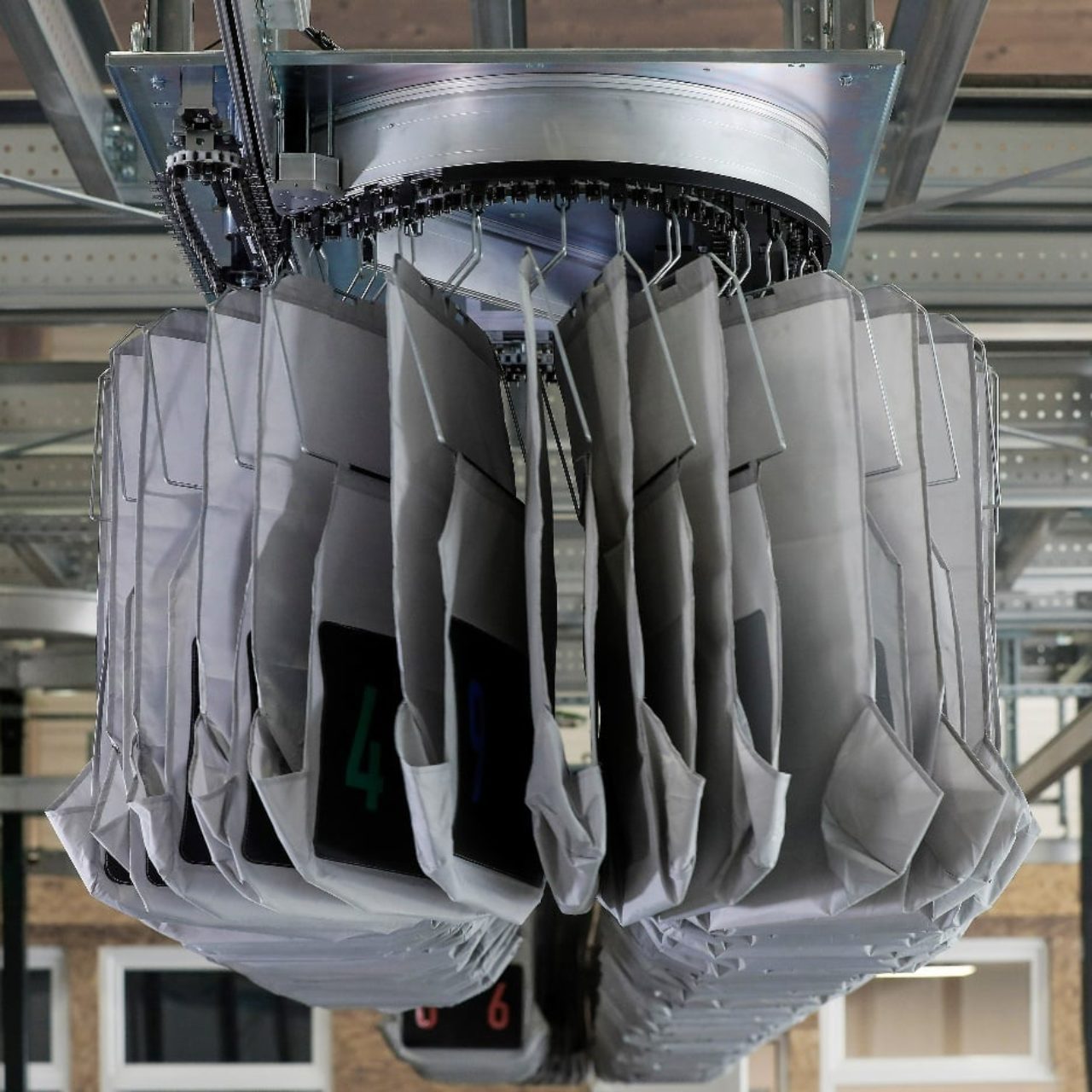By Brian Jones
A solution that the CEP sector can leverage is the pouch system. Borrowed from warehouse and fulfilment facilities, this proven solution offers a new approach to the prevailing duty parcels challenge for the CEP sector.
The problem of rising duty parcels
The burden of duty parcels has become greater for CEP companies as e-commerce across borders rises.
When buying online, many consumers have no or inadequate knowledge about the potential inspections and customs duties they must pay as soon as their parcel crosses the border. When consumers fail to pay the applicable duties, distribution centres – together with customs authorities – end up being on the frontline in handling the shortfall.
Typically, customs officials ask CEP companies about the source of the parcels and request inspection of parcels coming from certain regions or countries. The customs inspection usually occurs over an indefinite period, meaning the distribution hub has to store the parcels without knowing for how long. During that period of time, they need to have easy and fast access to the parcels to be able to release them from storage for inspection or when the duty has been paid.
The cost of storing duty parcels to the hub
Being burdened with this responsibility for handling duty parcels is proving very costly to hubs, in terms of both space and labour.
Customs storage can occupy a large footprint
The distribution centre must find storage space for these duty parcels that is easily accessible for customs officials and its data quality must be sufficiently high for customs to handle these parcels online.





















